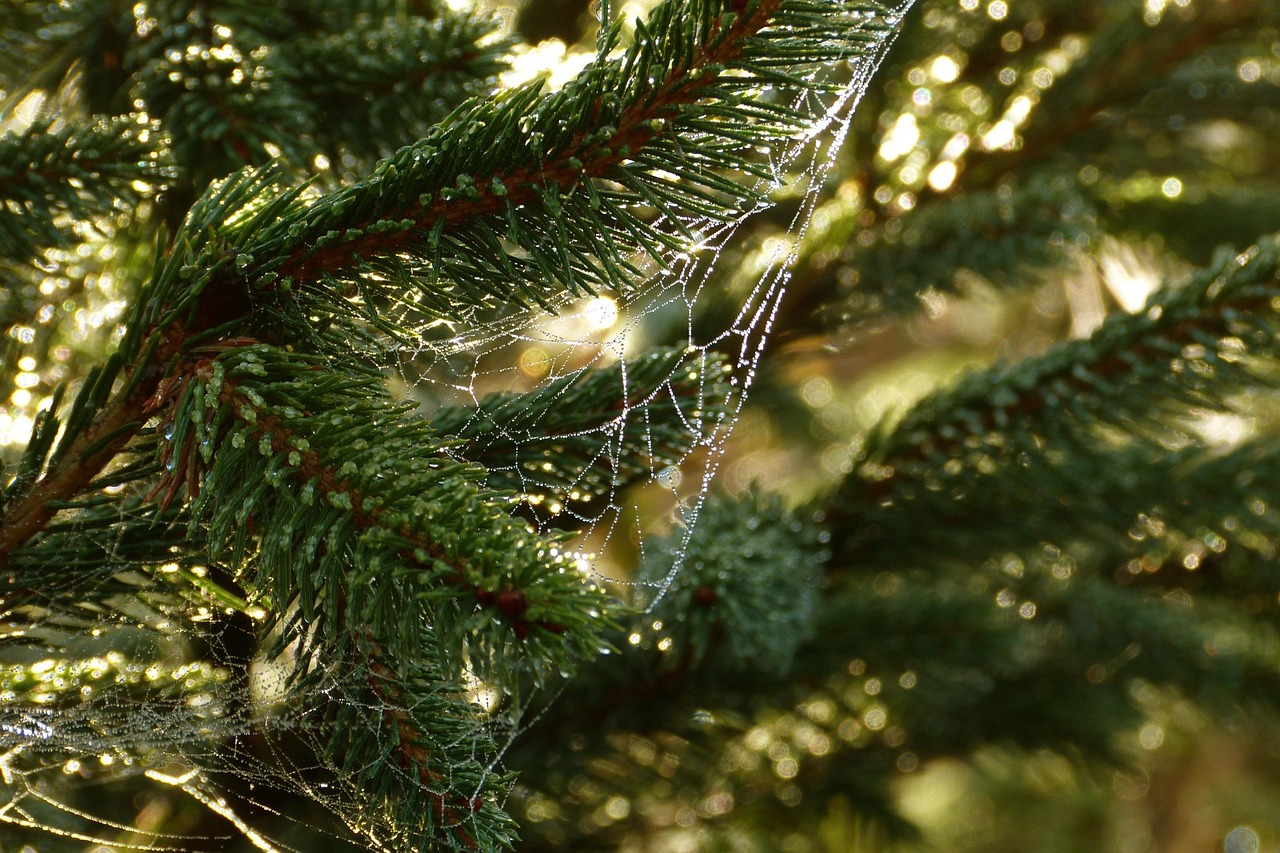Aleppo Pines, known scientifically as Pinus halepensis, are remarkable trees that thrive in dry, sunny environments. Their resilience and adaptability make them an excellent choice for landscaping in regions facing water scarcity. These trees are not just functional; they also offer aesthetic value, bringing beauty and character to gardens and parks. In this article, we will explore the unique characteristics of Aleppo Pines, their benefits, and how to incorporate them into your landscape design.
The Aleppo Pine is native to the Mediterranean region, particularly found in countries such as Syria, Turkey, and Greece. These trees have a long history of cultivation, dating back to ancient times. They are well-suited for areas with poor soil quality and limited rainfall, making them a favorite among gardeners and landscapers in arid climates. This tree species is also known for its ability to withstand high temperatures and drought conditions, which adds to its appeal in modern landscaping.

| Characteristic | Details |
|---|---|
| Scientific Name | Pinus halepensis |
| Common Names | Aleppo Pine, Jerusalem Pine |
| Native Habitat | Mediterranean region |
| Height | 20-30 meters (65-98 feet) |
| Spread | 10-15 meters (33-49 feet) |
| Soil Preference | Poor, well-drained soils |
| Drought Tolerance | High |
| Sunlight Requirements | Full sun |
| Uses | Ornamental, windbreaks, reforestation |
Characteristics of Aleppo Pines
Aleppo Pines are evergreen trees that exhibit a distinctive appearance. Their foliage consists of long, slender needles that grow in pairs. The needles are typically 10 to 20 centimeters long and have a vibrant green color. This lush foliage not only provides shade but also adds a lush look to landscapes that may otherwise appear dry and barren. The bark of Aleppo Pines is another notable feature; it is thick, rugged, and scaly, often presenting a reddish-brown color that adds warmth to the landscape.
Growth Habits
The growth habits of Aleppo Pines contribute significantly to their popularity. These trees are fast-growing, particularly in their early years. Under ideal conditions, they can gain several feet in height each year. They have a conical shape when young but develop a more irregular form as they mature. This adaptability allows them to fit into various landscape designs, from formal gardens to naturalistic settings.
Environmental Benefits
Aleppo Pines play a crucial role in their ecosystems. They help combat soil erosion due to their extensive root systems, which anchor the soil and prevent it from washing away during heavy rains. Additionally, these trees provide habitat for various wildlife species, including birds and small mammals. Their ability to filter air pollutants makes them valuable in urban settings where air quality is a concern.
Cultivation Tips for Aleppo Pines
If you are considering adding Aleppo Pines to your landscape, understanding their cultivation needs is essential. These trees prefer well-drained soils and thrive best in areas with full sunlight. They are drought-tolerant once established, but young plants benefit from regular watering during dry spells. When planting Aleppo Pines, ensure adequate spacing to allow for their mature size and shape.
In terms of maintenance, pruning is minimal. However, it’s beneficial to remove any dead or damaged branches to maintain the tree’s health and appearance. Fertilization is generally not necessary unless the soil is particularly poor. In such cases, a slow-release fertilizer can help promote healthy growth.
Landscape Design Ideas with Aleppo Pines

Aleppo Pines offer versatility in landscape design, allowing homeowners and landscapers to create stunning outdoor spaces that are both functional and aesthetically pleasing. Their unique characteristics and growth habits make them suitable for various design styles. Here are some creative ideas for incorporating Aleppo Pines into your landscape:
1. Privacy Screens and Windbreaks
Using Aleppo Pines as a natural privacy screen is an excellent way to block unwanted views and create a secluded outdoor area. Their dense foliage provides effective coverage, making them ideal for:
- Backyards where privacy is desired
- Patios or decks needing protection from neighbors
- Outdoor living spaces that require shelter from wind
Planting Aleppo Pines in staggered rows can enhance their effectiveness as a windbreak, protecting other plants and outdoor areas from strong winds.
2. Accent Trees in Gardens
Aleppo Pines can serve as striking focal points in gardens. Their distinctive shape and texture create visual interest. Consider the following tips for using them as accent trees:
- Plant a single Aleppo Pine as a centerpiece in a flower bed.
- Group several trees together for a dramatic effect.
- Combine them with drought-tolerant plants for low-maintenance landscaping.
The contrast between the pine’s needles and flowering plants can create stunning visual effects throughout the seasons.
3. Mediterranean Garden Themes
Aleppo Pines fit perfectly within Mediterranean-themed gardens. Their natural habitat aligns seamlessly with the elements of this style, which often features:
- Terracotta pots
- Stone pathways
- Drought-resistant plants like lavender and rosemary
Incorporating Aleppo Pines into this type of garden enhances the overall Mediterranean feel, evoking a serene, sun-drenched atmosphere.
Common Pests and Diseases

<pWhile Aleppo Pines are generally hardy, they can occasionally be affected by pests and diseases. Awareness of these issues can help you maintain healthy trees. Here are some common concerns:
Pests
- Pine Bark Beetle: These beetles can cause significant damage by boring into the bark. Look for signs such as sawdust around the base of the tree.
- Pine Needle Scale: This pest attaches to needles, sucking sap and causing needle drop. Affected trees may show yellowing needles.
- Spider Mites: These tiny pests thrive in hot, dry conditions. Signs include webbing on branches and needle discoloration.
Diseases
- Needle Blight: A fungal infection that causes the tips of needles to turn brown and die. Adequate air circulation helps prevent this issue.
- Pine Wilt Disease: Caused by nematodes, this disease leads to rapid needle loss and tree decline. Early detection is crucial for management.
Regular monitoring of your Aleppo Pines can help catch these issues early, allowing for timely intervention.
Irrigation Practices for Aleppo Pines
Proper irrigation is vital for establishing healthy Aleppo Pines, especially during their initial growth phase. Here are some best practices:
1. Watering Schedule
Aleppo Pines benefit from deep watering rather than frequent shallow watering. This encourages deep root growth. Consider the following schedule:
- Water newly planted trees once a week for the first few months.
- After establishment, reduce watering frequency to once every two to three weeks.
- During extreme drought conditions, increase watering to maintain tree health.
2. Mulching
Applying mulch around the base of Aleppo Pines helps retain soil moisture and suppress weeds. Use organic materials such as wood chips or bark mulch, applying a layer about 5-10 centimeters thick while keeping it away from the trunk to prevent rot.

Soil Requirements for Aleppo Pines
The success of Aleppo Pines largely depends on the quality of the soil in which they are planted. Understanding their soil requirements is crucial for promoting healthy growth and longevity. Below are key factors to consider when selecting and preparing soil for Aleppo Pines:
1. Soil Type
Aleppo Pines prefer well-drained soils that do not retain excess moisture. The ideal soil types include:
- Sandy Soils: These soils provide excellent drainage and are ideal for preventing root rot.
- Loamy Soils: A mix of sand, silt, and clay, loamy soils offer adequate drainage while retaining some moisture.
- Rocky Soils: Aleppo Pines can thrive in rocky or gravelly soils, which mimic their natural habitat.
2. pH Level
The pH level of the soil significantly impacts the nutrient availability for Aleppo Pines. They typically thrive in slightly acidic to neutral soils, with a pH range of:
- 5.5 to 7.5
Testing the soil pH can help determine if amendments are needed. If the soil is too alkaline, consider adding sulfur or organic matter to lower the pH.
3. Soil Amendments
Improving soil quality before planting can enhance the growth conditions for Aleppo Pines. Some effective amendments include:
- Organic Matter: Adding compost or well-rotted manure can improve soil structure and nutrient content.
- Sand: Mixing sand into clay-heavy soils can improve drainage.
- Gypsum: This can help break up compacted soils and improve drainage without affecting pH levels.
Seasonal Care for Aleppo Pines
Caring for Aleppo Pines involves seasonal tasks that promote healthy growth and resilience. Below are recommendations for year-round maintenance:
Spring Care
As temperatures rise in spring, Aleppo Pines begin their active growth phase. Consider the following care tips:
- Inspect trees for any signs of pests or diseases that may have developed over winter.
- Apply a slow-release fertilizer if necessary, based on soil testing results.
- Water trees adequately, especially if spring is dry.
Summer Care
During the hot summer months, maintaining hydration is vital:
- Monitor soil moisture levels regularly.
- Apply mulch to retain moisture and regulate soil temperature.
- Provide shade if young trees are struggling with intense heat.
Fall Care
As temperatures cool in fall, take steps to prepare Aleppo Pines for winter:
- Reduce watering as the trees enter dormancy.
- Inspect for any fallen debris that could harbor pests.
- Add mulch around the base to protect roots from cold temperatures.
Winter Care
Winter can pose challenges for Aleppo Pines, particularly in colder regions. Follow these guidelines:
- Ensure adequate snow cover on young trees, as this can provide insulation.
- Avoid heavy pruning during winter months to prevent stress.
- Monitor for ice accumulation on branches, which could cause breakage.
Aleppo Pines in Urban Environments
Aleppo Pines are increasingly popular in urban landscaping due to their adaptability and low maintenance requirements. Here’s how they can enhance urban environments:
1. Urban Heat Island Mitigation
Cities often experience higher temperatures than surrounding areas, a phenomenon known as the urban heat island effect. Aleppo Pines help mitigate this by:
- Providing shade, which cools surrounding areas.
- Releasing moisture through transpiration, which can help lower local temperatures.
2. Air Quality Improvement
Aleppo Pines can significantly contribute to improving air quality in urban settings by:
- Absorbing carbon dioxide and releasing oxygen.
- Filtering pollutants from the air, including particulate matter.
3. Aesthetic Appeal and Community Spaces
The presence of Aleppo Pines enhances the visual appeal of urban landscapes. They can be incorporated into:
- Parks and recreational areas to create inviting spaces for residents.
- Street plantings that add greenery and reduce noise pollution.
- Civic projects that promote environmental sustainability and community engagement.
Wildlife Habitat and Biodiversity
Aleppo Pines not only serve aesthetic and functional purposes in urban landscapes, but they also play a vital role in supporting local wildlife and enhancing biodiversity. Their characteristics contribute to creating habitats for various species.
1. Habitat for Birds
Aleppo Pines provide nesting sites and food sources for birds. The following bird species are often attracted to Aleppo Pine stands:
- Woodpeckers: Their nesting habits often involve drilling into the bark, making Aleppo Pines suitable habitats.
- Sparrows: They find shelter and food in the foliage of these trees.
- Hawks: Larger birds of prey may use the tree branches as perches to survey their surroundings.
2. Support for Insects
The needles and bark of Aleppo Pines attract a variety of insects, which in turn support the birds and other wildlife that rely on them for food. Some beneficial insects include:
- Pollinators: Bees and butterflies are drawn to the tree’s environment, contributing to the pollination of surrounding plants.
- Beneficial Beetles: These insects help control pest populations by preying on less desirable insects.
3. Contribution to Soil Health
Aleppo Pines contribute to soil health through their leaf litter, which decomposes and enriches the soil. This process provides essential nutrients that help sustain other plants around them, creating a more vibrant ecosystem.
Cultural Significance of Aleppo Pines
Aleppo Pines have significant cultural importance in many regions, particularly in the Mediterranean. Their long history of cultivation is tied closely to various cultural traditions:
1. Historical Uses
Throughout history, Aleppo Pines have been valued for their timber and resin. The wood is durable and often used in construction. The resin has been utilized in traditional medicine and as a source of turpentine.
2. Symbolism in Art and Literature
Aleppo Pines have appeared in various artistic expressions, symbolizing resilience and endurance in harsh climates. Many poets and artists have drawn inspiration from these trees, reflecting their beauty and strength against the backdrop of challenging environments.
3. Role in Local Festivals
In some cultures, Aleppo Pines are celebrated during local festivals. They may be used as decorative elements or serve as a backdrop for community gatherings, highlighting their significance in local heritage.
Conclusion
Aleppo Pines are exceptional trees that thrive in dry, sunny landscapes, making them ideal for various settings, from urban environments to residential gardens. Their resilience to drought, low maintenance needs, and ecological benefits make them a practical choice for landscaping.
Their ability to enhance air quality, provide habitat for wildlife, and contribute to soil health underscores their importance beyond mere aesthetics. As communities increasingly prioritize sustainability, Aleppo Pines offer a natural solution to combat urban heat islands while promoting biodiversity.
Incorporating Aleppo Pines into landscape designs not only supports environmental goals but also enriches cultural traditions and community spaces. Whether you are looking to create a beautiful garden or enhance an urban area, Aleppo Pines stand out as a perfect choice for dry, sunny landscapes.
